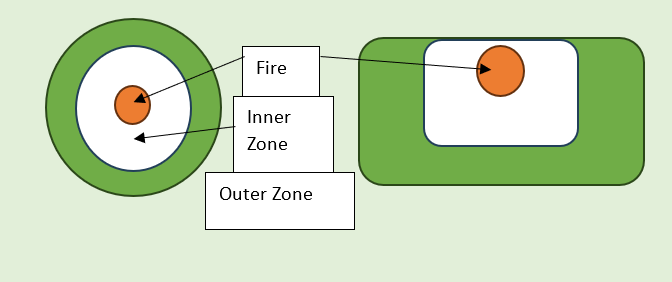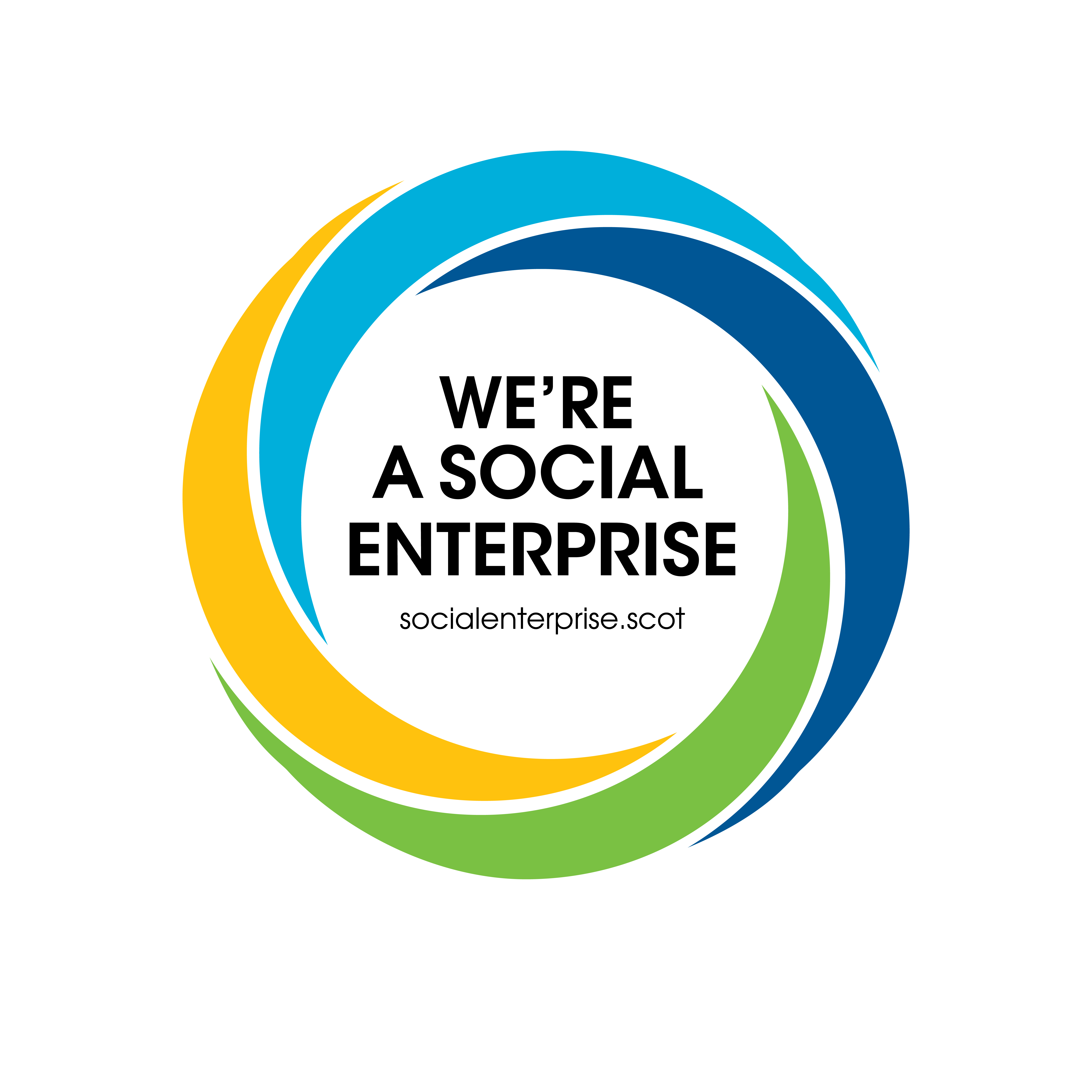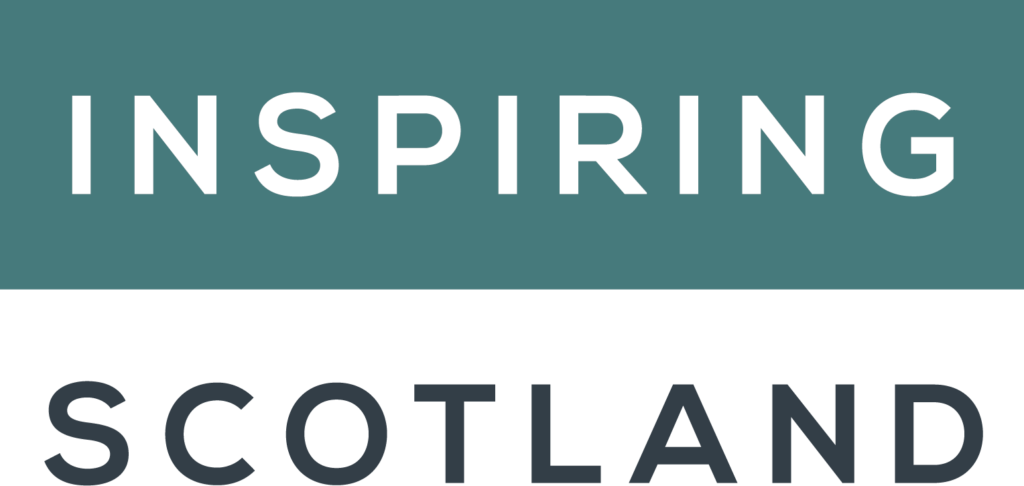HSCS: 1.30, 1.38, 2.24, 2.25
At Willow Den Scotland we will use campfires as a source of heat and to cook food. We want all children to be aware of the dangers of fire, and also to experience the warmth and comfort that this heat source can bring. Staff will support children to understand and implement safe practices and how to manage risk. The use of campfires is an important part of outdoor education and provides benefits and opportunities including comfort, safety awareness, cultural education and cooking outdoors. Willow Den will ensure any children and adults participating in a campfire session are aware of how we have assessed and managed risk. All practitioners are required to model good behaviour around a fire. We are committed to ensuring children’s safety and welfare.
Campfire Procedures
Location
- Fires will only be lit within a metal fire bowl, with a heatproof mat underneath to avoid damage to the ground, and to minimise the chance of a fire spreading.
- The fire bowl will be located only in open areas with free space on all sides.
Position of Children and Adults
- A boundary will be marked approximately 1 metre distance from the edge of the fire bowl – the inner zone. Another boundary will be marked approximately 1m further out – the outer zone. These will either be with a rope or large logs. While at the campfire, children will be sitting in the zone between the inner and outer circles. Children will not be permitted between the fire and inner zone, unless with permission and supervised 1:1 with an adult, for a learning purpose such as cooking or tending to the fire. This will only be permitted when risk assessed and judged as safe by the practitioner managing the fire. Refer to example diagrams below. This will only be permitted when dynamically risk assessed.

- The staff ratio will be 1:6 around the sitting zone at all times, once the fire is lit.
Fire Management
- One named practitioner will be responsible for lighting, maintaining and extinguishing the fire. The practitioner will wear fireproof gloves and will ensure their hair is tied back and all clothing is secured so as not to catch the flames (loose zips to be tucked into prevent catching for example)
- Wood fuel will be stacked neatly beside the fire bowl for easy and safe access. Wood must be of a size that it will not protrude outside the fire bowl when it has been placed on the fire. Children can be involved in collecting kindling for the fire and learning about the different sizes of sticks required for a successful fire.
- Children will not be permitted to place anything in, on or near the fire without permission and supervision.
- A fire blanket and water source will be placed safely within the boundary when the fire is lit.
Extinguishing a Fire
Fires can be extinguished using three natural materials – water, sand and dirt. At Willow Den, we choose to primarily use water for extinguishing controlled fires, however staff are aware of other methods to use to substitute this, if the need arises.
To extinguish a fire, staff will ensure:
- That a water bucket is available, filled and ready to use before the fire is lit.
- That fire is maintained in such a way that the fuel burns down to mostly ash within the session, to minimise waste, and use the opportunity to teach children the concept of leaving no trace.
- That the embers, ash and fire pit are fully doused in cold water. This step will be repeated until the embers and fire pit have been fully cooled.
- That water poured over hot embers is done in a smooth, controlled manner. Hot steam will be created during this process. To safely control the hot steam, water should initially be poured around the edge of the embers before dousing the rest of the embers and fire pit.
- Once the fire has been extinguished, the embers will be removed with a fire shovel into a lidded metal bucket, placed in the designated safety zone to soak, and disposed of appropriately once cool enough.
Safety Codes for Children
Children will be advised at the start of each fire session to follow these safety codes:
- To be made aware of the inner and outer zones, and to only sit or crawl in the sitting zone, and to be supervised by an adult when within the zone (adult to take the hand of a child and to model safe kneeling position).
- Children should have long hair tied back and any loose clothing tucked in (e.g. pom poms on hats, or toggles on jackets).
- Once children are seated comfortably and safely, they should remain in the same spot.
- If children would like to move around the fire safely, they can move outside the outer zone and walk around the back of everyone sitting.
- They should ask permission before placing anything within the fire bowl (and understand permission may not be granted).
- They should not touch the fire bowl or reach for the fire with any part of their body.
- If they feel smoke on their face, to turn their head, close their eyes and cover their eyes with their hands, until they can no longer sense the smoke. If children are uncomfortable, to tell a practitioner that they would like to sit in a different place. Practitioner will advise on the best location.
- To tell staff if they are uncomfortable in any way.
Cooking
- If cooking on a fire, practitioners are responsible for ensuring that food is prepared, cooked and consumed in an appropriate way in accordance with the Food and Nutrition Policy. One named practitioner will be responsible for cooking at each session.
- The Risk Assessment for cooking on a campfire will have been read and understood.
- All staff will be trained with Level 2 Food Hygiene and will adhere to these safe procedures at all times.
- Practitioners will follow any of the relevant CookSafe guidance when cooking on the campfire.
- Children may help in the preparation of food to cook on the fire, however all cooking will be led by a practitioner due to the risk of burning.
- Food will be served where appropriate on heat safe plates/dishes
- We will not cook food that is required to be kept hot such as a main meal dish provided to us by the lunch provider
- The staff member cooking will ensure that anything cooked on the campfire is properly cooked with a temperature check made, and recorded on a separate CookSafe document (temperature must reach 63c or above once cooked).

